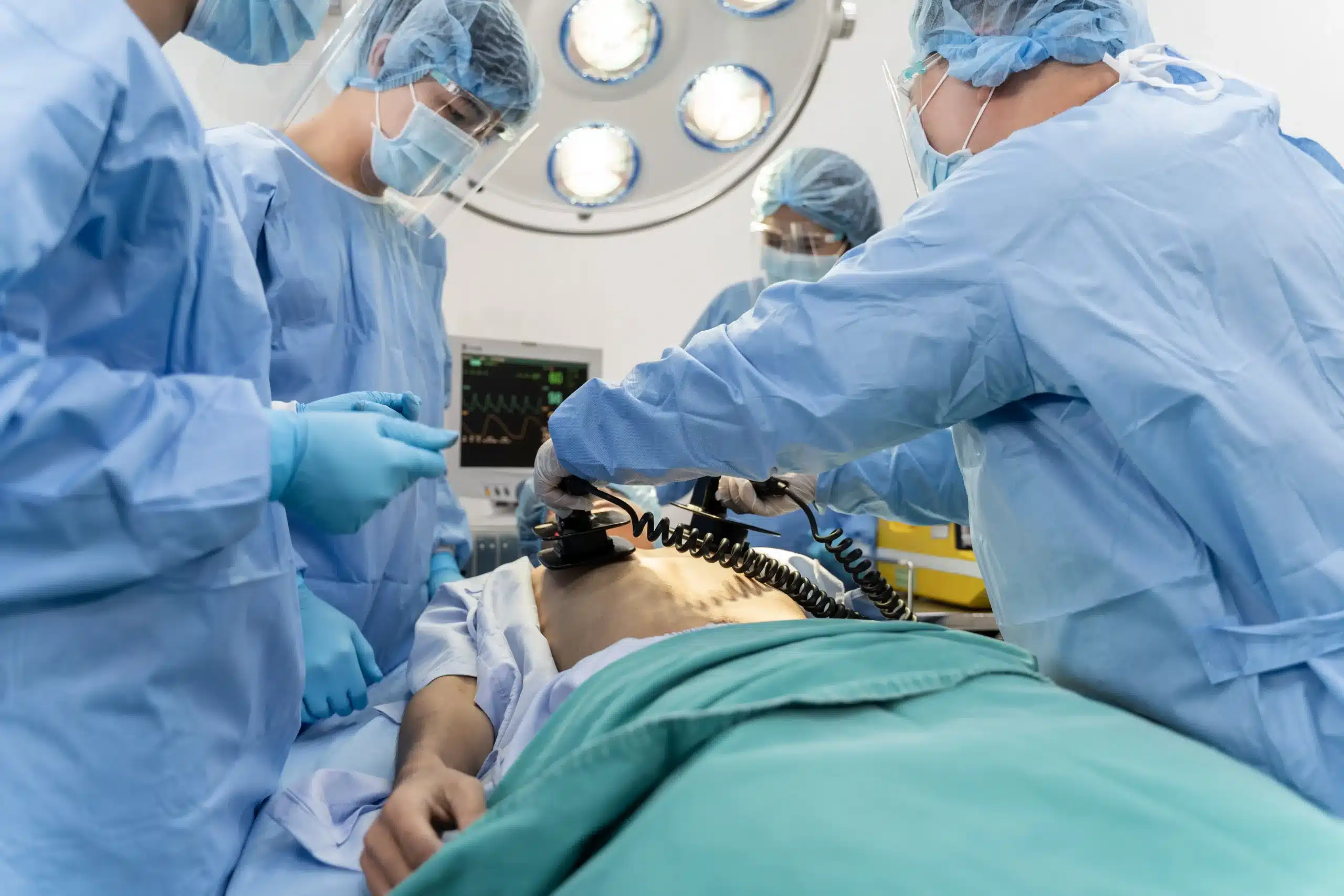Cardiopulmonary Resuscitation (CPR) saves lives. It’s as simple—and as crucial—as that. CPR restores blood flow and oxygen to essential organs during cardiac or respiratory emergencies, providing a lifeline when every second matters. This life-saving technique isn’t just for medical professionals; it’s a skill everyone should learn and apply in emergencies.
This blog dives deep into the role of CPR in healthcare, its history, benefits, and how anyone—healthcare professionals and the general public alike—can make an impact by learning and performing CPR.
What is CPR and Its Role in Healthcare?
CPR, or Cardiopulmonary Resuscitation, is a medical procedure that combines chest compressions and rescue breaths. Its primary goal is to maintain circulation and oxygenation when the heart stops beating or breathing ceases. Here’s a closer look:
- Chest Compressions push oxygenated blood to the body and brain, helping prevent irreversible organ damage.
- Rescue Breaths (optional in some protocols) deliver oxygen directly to the lungs.
The bigger picture? CPR bridges the gap between the emergency and advanced medical care, such as defibrillation or ventilation, ensuring vital organs survive until trained professionals arrive.
Unlike many medical procedures confined to hospitals, CPR is universally applicable. Whether you’re in a hospital, workplace, or home, CPR can be the difference between life and death for someone experiencing cardiac arrest.
A Brief History of CPR
The road to modern CPR is fascinating and full of innovations. Here’s a timeline of key events:
- 1740 – Mouth-to-mouth resuscitation was introduced in Paris for drowning victims.
- 1950s – The concept of external chest compressions emerged, laying the groundwork for modern CPR.
- 1960 – The American Heart Association (AHA) formally promoted CPR guidelines, cementing its role in emergency care.
- 1970s – The AHA created CPR courses for professionals and the public, vastly increasing awareness and accessibility.
Over time, CPR techniques have evolved thanks to scientific advancements. Changes such as emphasizing early chest compressions (“hands-only” CPR) reflect our deepening understanding of how best to save lives.
The Importance of CPR in Saving Lives
CPR saves lives—there’s no overstating its impact. Cardiac arrests claim hundreds of thousands of lives yearly, and quick action can dramatically improve survival rates. Consider these statistics:
- 350,000 cardiac arrests occur outside U.S. hospitals annually, with most happening at home.
- Survival rate triples when bystander CPR is performed before emergency responders arrive.
This effectiveness stems from the “chain of survival” recommended by the AHA. CPR is a crucial first step:
- Immediate recognition of cardiac arrest and calling 911.
- Early CPR to maintain blood flow.
- Rapid defibrillation (if available).
- Advanced life support (ALS) by emergency services.
- Post-cardiac arrest care in a hospital setting.
Timely CPR, even from an untrained bystander, can buy precious minutes, greatly improving recovery odds and neurological outcomes.
The Role of Healthcare Professionals in CPR
Healthcare professionals are uniquely positioned to lead the charge during emergencies. Their training extends beyond CPR, allowing faster diagnosis, intervention, and recovery. Here’s why it’s critical:
- First Responders like nurses, paramedics, and ER doctors are often the first to deliver CPR in medical emergencies.
- Ongoing Training ensures competence. Healthcare professionals must stay updated through certifications like Basic Life Support (BLS) and Advanced Cardiovascular Life Support (ACLS).
- Hospital Administrators also encourage a culture of preparedness, ensuring all staff, including non-clinical personnel, are equipped to perform CPR.
These specialists represent the frontline and form an integral part of the emergency care system.
CPR Training and Certification
Learning CPR isn’t limited to medical workers. With cardiac arrests frequently occurring at home, friends, family, and colleagues can make life-saving interventions. Here’s how to get started:
- Find a Reputable Training Program:
- Organizations like the AHA and Red Cross offer high-quality courses.
- Consider Safety Training Seminars for courses like CPR & First Aid, BLS, PALS, and ACLS.
- Choose Certification According to Your Needs:
- Basic Life Support (BLS) for healthcare workers.
- Pediatric Advanced Life Support (PALS) and Advanced Cardiac Life Support (ACLS) for advanced skills in pediatric and adult emergencies, respectively.
- CPR & First Aid for laypersons.
- Invest Time:
- Training takes 4-8 hours, depending on the course.
- Certifications are typically valid for 2 years and can be renewed.
Start your training today and join countless others ready to save lives.
Debunking Myths About CPR
Too often, misconceptions create hesitation. Let’s debunk a few myths:
- “Only trained professionals should perform CPR” – False. By doing chest compressions, even without formal training, you can help.
- “CPR is only for adults” – Nope. Modified CPR techniques exist for infants and children.
- “I could hurt the person if I do CPR wrong” – The alternative—doing nothing—is far riskier.
Imperfect CPR is better than no CPR. Every effort made can increase survival odds, even if it’s not textbook perfect.
Key Takeaways from CPR’s Vital Role in Healthcare
Here’s a quick recap of why CPR is indispensable:
- Lifesaving Potential: CPR sustains critical blood and oxygen flow to vital organs during emergencies.
- Accessibility: Its life-saving power isn’t bound to medical professionals—anyone can (and should) perform CPR.
- Training & Preparation: Institutions like Safety Training Seminars make certifications and skills accessible.
- A Broader Impact: Beyond lives saved, a CPR-trained society embodies care, preparedness, and resilience.
Are you ready to make a difference?
Taking a CPR course is the first step toward empowering yourself to save lives. Whether you’re a healthcare worker or an individual eager to help your community, consider exploring AHA courses in San Ramon like those offered by Safety Training Seminars. Be prepared, be decisive, and be the reason someone survives.






